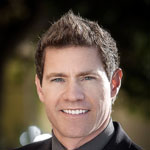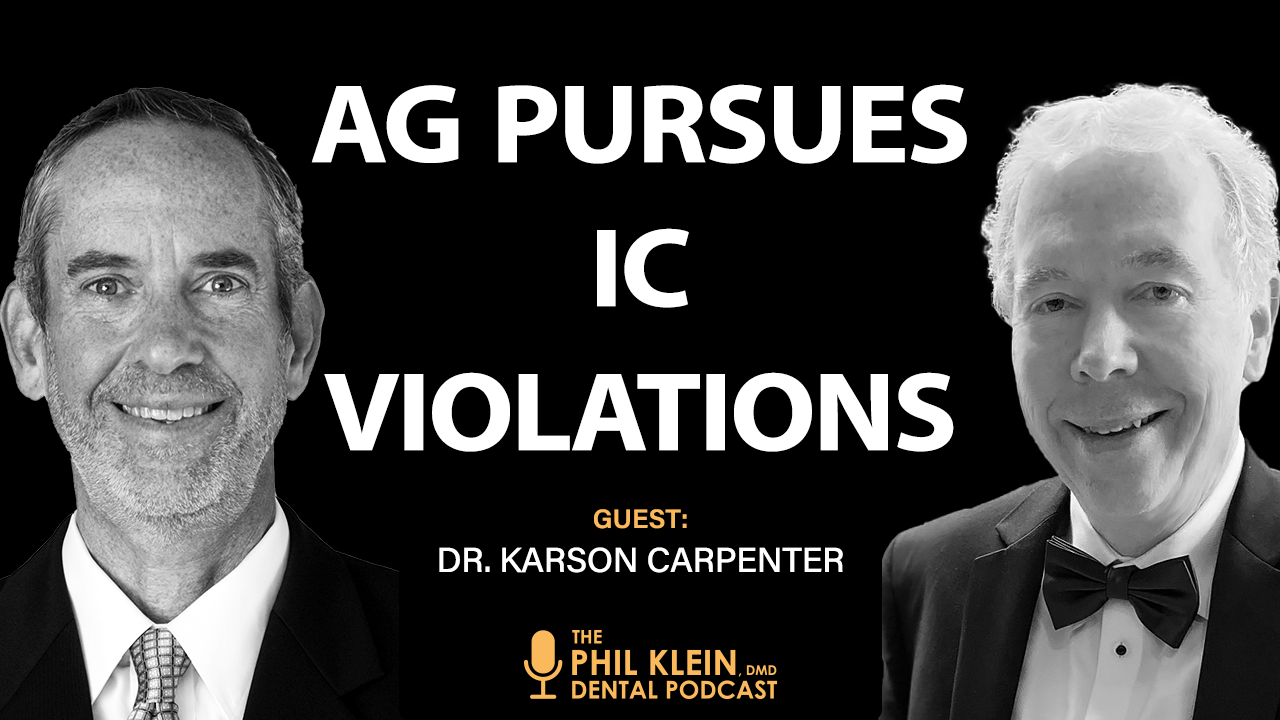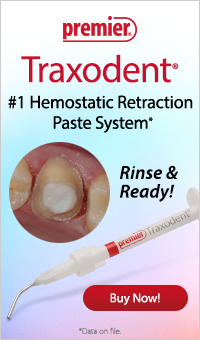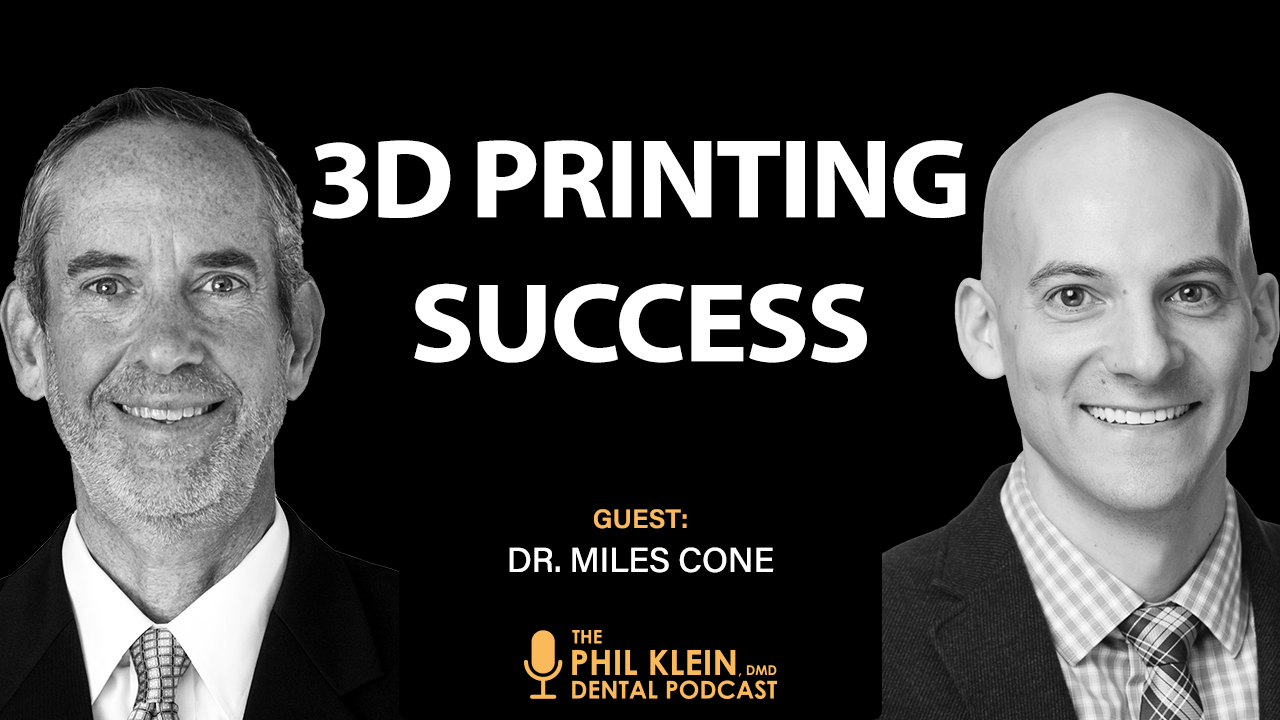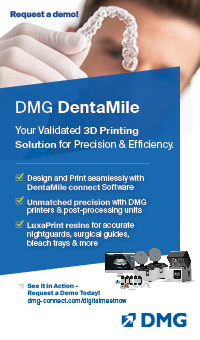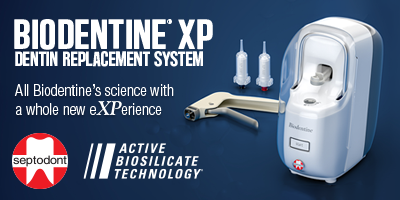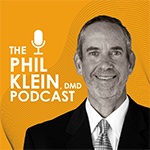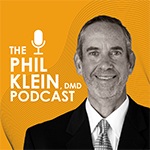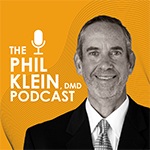
Streamlining Your Bonding Systems for Direct and Indirect Restorations
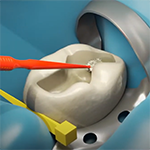
Here’s a little “inventory pop quiz” for you:
- How many different bonding agents are you currently purchasing?
- How many bottles of bonding agent do you have on hand in your clinic?
- How much bonding agent are you throwing away each year because you don’t manage to use it before it expires?
If you’re like many of your peers, your answers are “a bunch,” “4 or 5 in each room,” and “25 or 30%.” Not a desirable situation!
As Dr. Todd Snyder, a cosmetic dentist, author, international lecturer and researcher, puts it, “Can’t we simplify it and find a system where it’s one bottle or two bottles to make life easier?”
Luckily, the answer to that question is, “yes.”
The benefits of streamlining
Today many manufacturers are producing “universal” bonding agents that can be used on both direct and indirect restorations. In minimizing inventory complexities these products save you money by eliminating the problem of bonding agents expiring before they get used, and, since time is money,by reducing the learning curve on these operatory trays and delivery systems.
You should choose a product based on your indirect restorations
Suppose you find a universal bonding agent that you really like. Can you literally use it on any restoration, even if it’s not part of the same system, and/or if it is made by a different manufacturer than the actual restorative product itself?
Yes and no. For the composites used in direct restorations, any brand of bonding agent can be used. For the materials used in indirect restorations, to avoid problems with the chemistry you should stay within one manufacturer’s product line.
This means that if you choose a universal bonding agent based on your preferred material for indirect restorations, that bonding agent will also work on your direct restorations.
Dr. Snyder’s choice is BISCO’s All-Bond Universal. “I want a bonding agent,” he explains, “that I can use for anywhere in the mouth, total etch, self-etch, selective etch, direct, indirect. And I want one bottle to do everything, because I want to keep my tray system simple. I only want one bottle there—I don’t want to have numerous bottles.”
BISCO’s All-Bond Universal, he continues, “Doesn’t require a dual cure activator. It will do everything I want in the mouth for directs and indirects.”
Plus, this bonding agent has a low, less than 10-micron film thickness, so it’s thin enough that it won’t keep your indirect restorations from seating properly.
[blogad]
With universal bonding agents you match the etching technique to the case
With a universal bonding agent you can match your etching technique to the case rather than to the requirements of the agent. For example…
· If you’re doing a veneer and are bonding to enamel: Total etch
· If you’re bonding to dentin: Self-etch
· If you have a mixture of both, such as a Class II with both dentin and an enamel cavo surface margin: Selective etch
Be sure to put enough adhesive onto the tooth
The most common mistake that Dr. Snyder sees dentists make regarding bonding technique is not putting enough adhesive onto the tooth.
“You really need to apply multiple drops on the tooth from the microbrush,” he says. “Scrub it, move it in, apply it to the tooth for a good 20 seconds and allow it to soak in and dissipate, because when that bonding agent is going onto the tooth it’s acidic. The second it touches the tooth it’s going to start to neutralize. You have to put multiple applications so you maintain that acidity so it can do its magic.”
After all, it doesn’t do you any good to streamline your systems and reduce your inventory if your technique is flawed. Focus on using the right materials with proper techniques and we will all reach our goal of long-term clinical success with minimal failures and re-dos!




